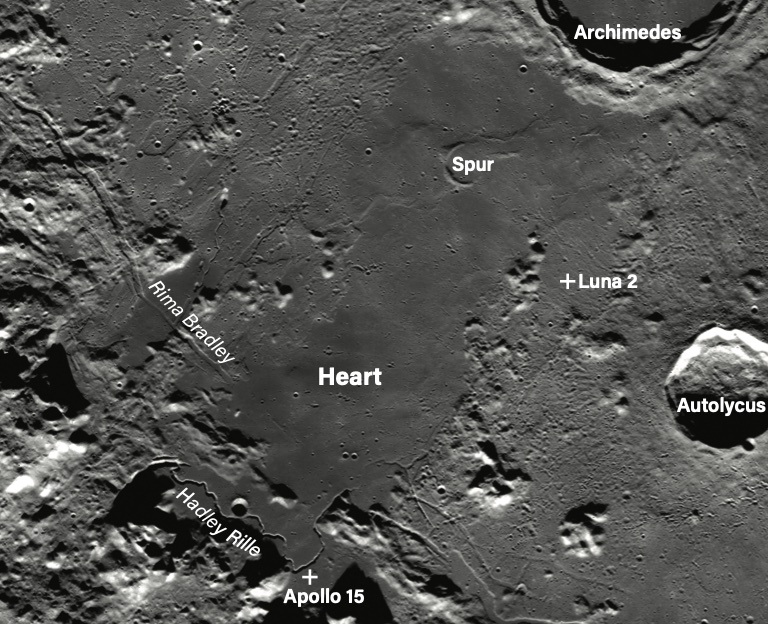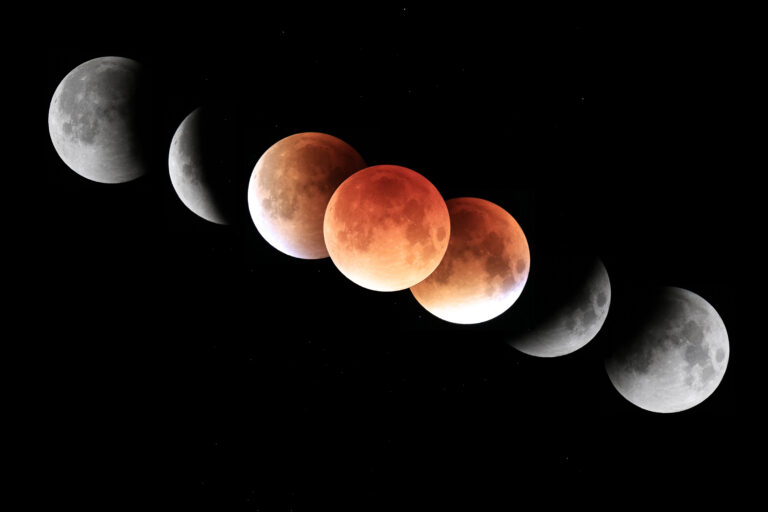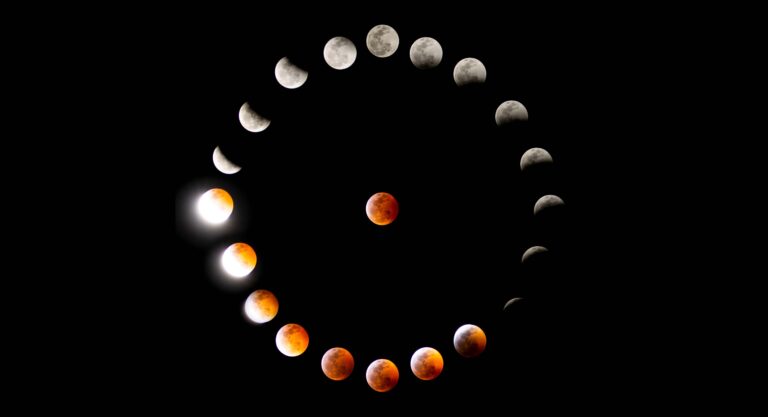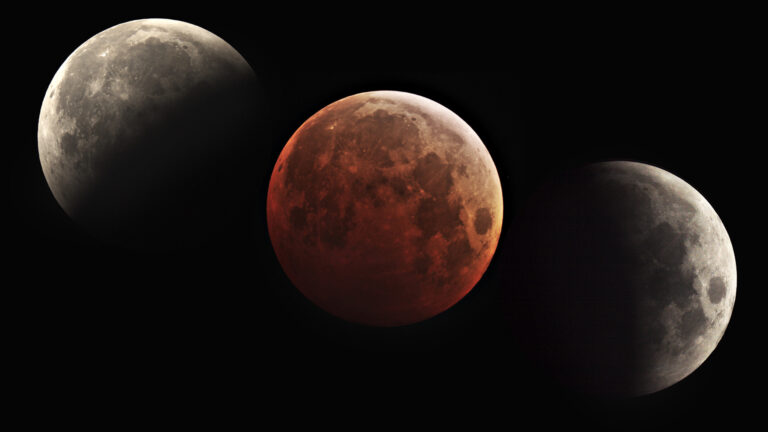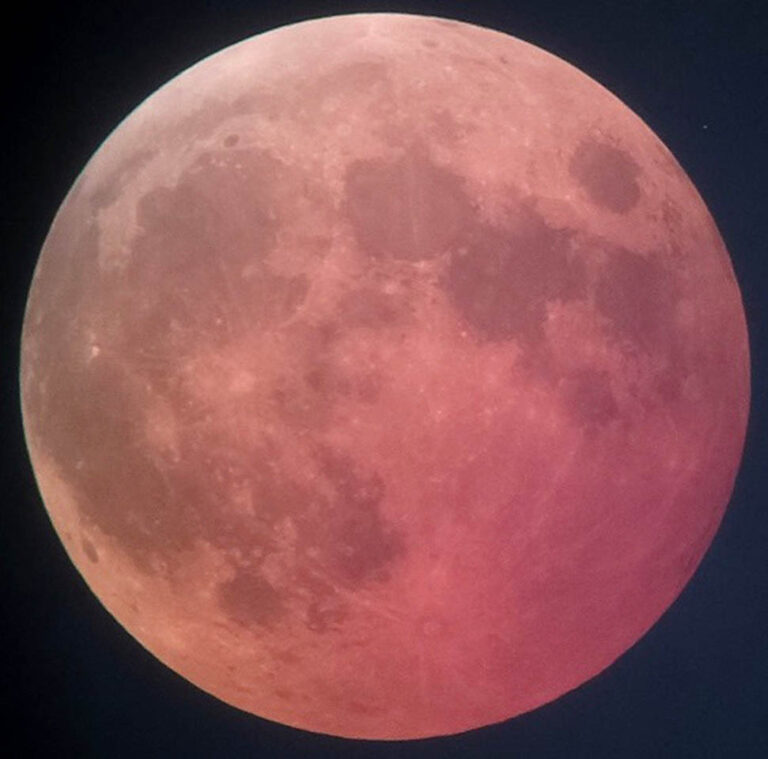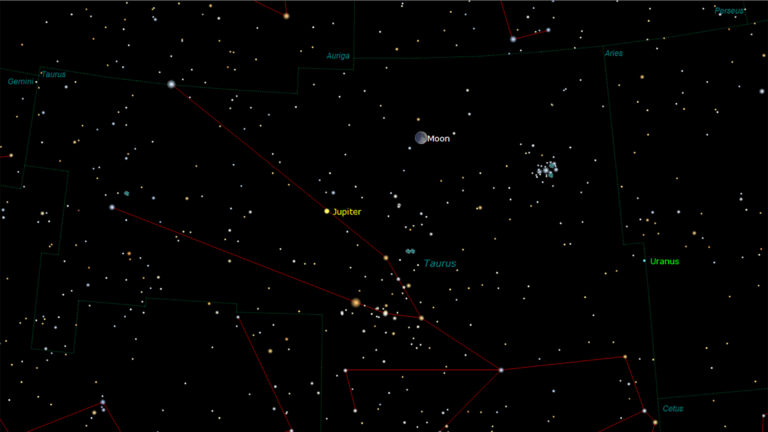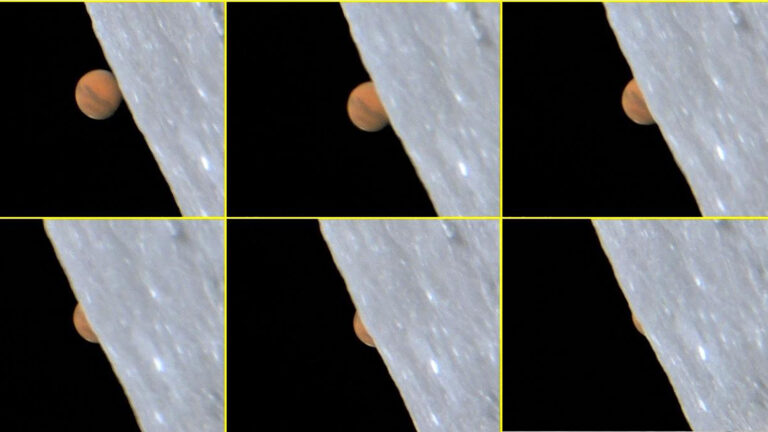I am the long track of the moon in a lake
If you are near a large body of rippling water and the Moon is looming low in the sky above it, you may see a long trail of shimmering light on the water’s surface. If you do, take time to admire it. This is the Moon’s “glitter path” — a technical term — and it has inspired authors and artists alike over the centuries. Your mission, should you choose to accept it, is to record subtle details about this phenomenon. Watch especially to see how its appearance changes over time and with the lunar phases.
Fun-house mirror
In still water, we see only a single, undistorted reflection of the Moon. When the water is choppy, though, moonlight glints off the countless mirrorlike facets that exist in the small waves and ripples. Each miniature surface creates its own reflection of our satellite’s whole appearance. The myriad images, all puckered and distorted by the water’s motion, combine along our line of sight to the Moon to create the long and shimmering spectacle that resembles a fallen wedding veil.
Generally, the shape of the path is slightly elliptical with tapered ends, but its appearance depends on the Moon’s altitude, the inclination of the wave faces, and your position. A change in any of these variables will alter the view because what you see depends on the angle at which the Moon’s light strikes the water. A rule of thumb: The higher our satellite has risen and the more tempestuous the water, the wider a path the tiny reflections will make; the lower the Moon and gentler the waves, the narrower the path.
When the Moon is very low, the wavelets cast shadows that eclipse the glints, and the path vanishes. The most stunning glitter paths occur when the Moon lies about 5° above the horizon and the water’s surface only gently ripples.
If you could separate the multitude of wavelets and look at them in detail, you would see that each and every one of them reflects a complete, though distorted, image of the Moon, which brings us to a fascinating curiosity. Is there a difference between the glitter path of a Full Moon and that of a crescent?
In February 2013, I was admiring the glitter path from a Full Moon rising over the Thamalakane River in Botswana. What struck me the most was how the light in the path’s banded striations morphed from elliptical rings to small round gems and back. The following month, however, when the Moon was but a young crescent, the banded structure looked different. The elongated images appeared more narrow and curved at each end. They didn’t seem to shrink to a point but rather stayed stretched.
Adding to the scene, the river that day had patches of calm near the shore, which allowed a stunning reflection of the lunar crescent to appear at the near end of the glitter path. This larger apparition perhaps affected my visual perception.
I don’t know if the human eye can detect lunar crescents in rippling waves or make a clear distinction between light glints in ripples from a crescent and a Full Moon, but maybe your observations can help provide the answer. Send them to [email protected].






